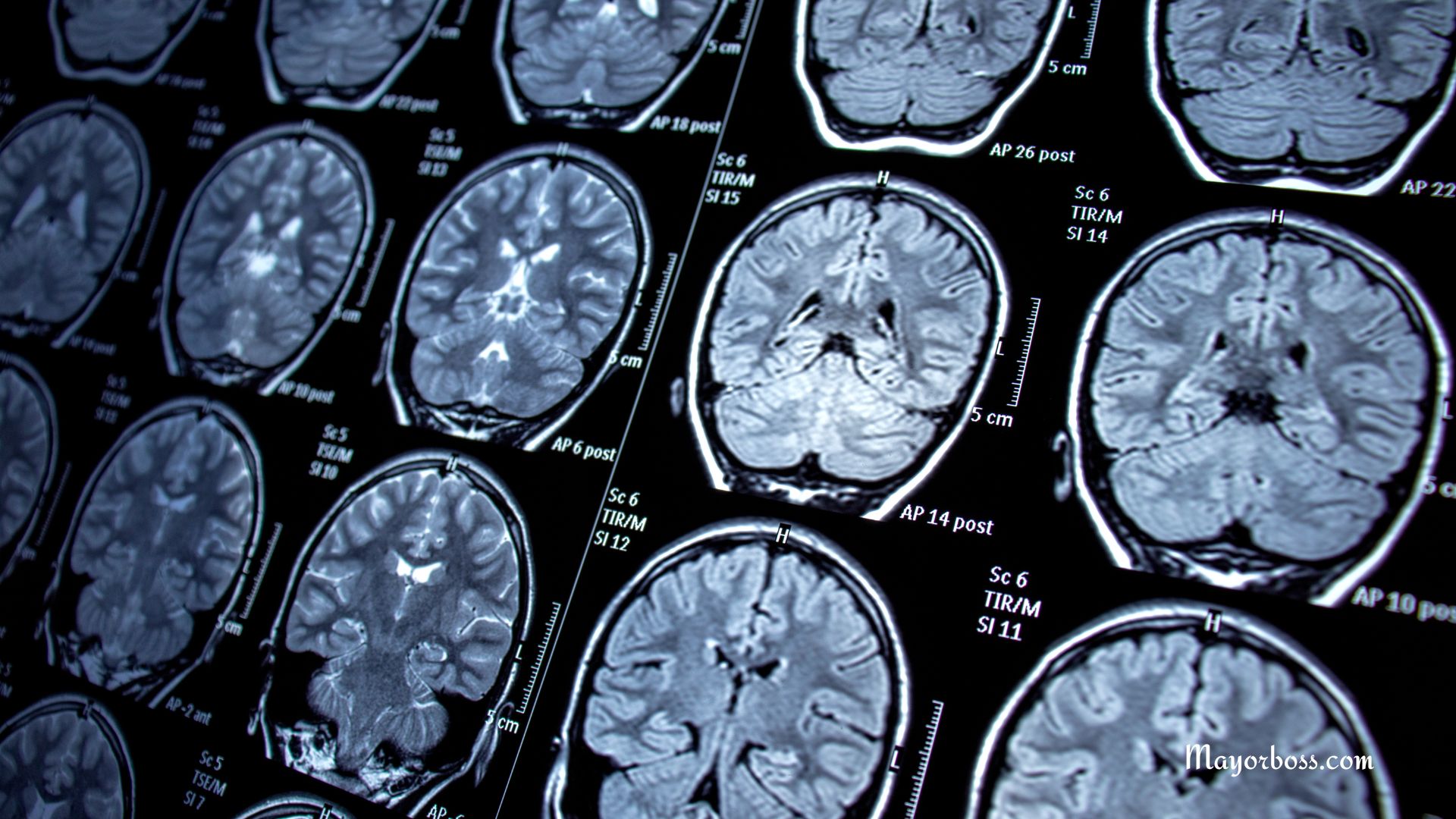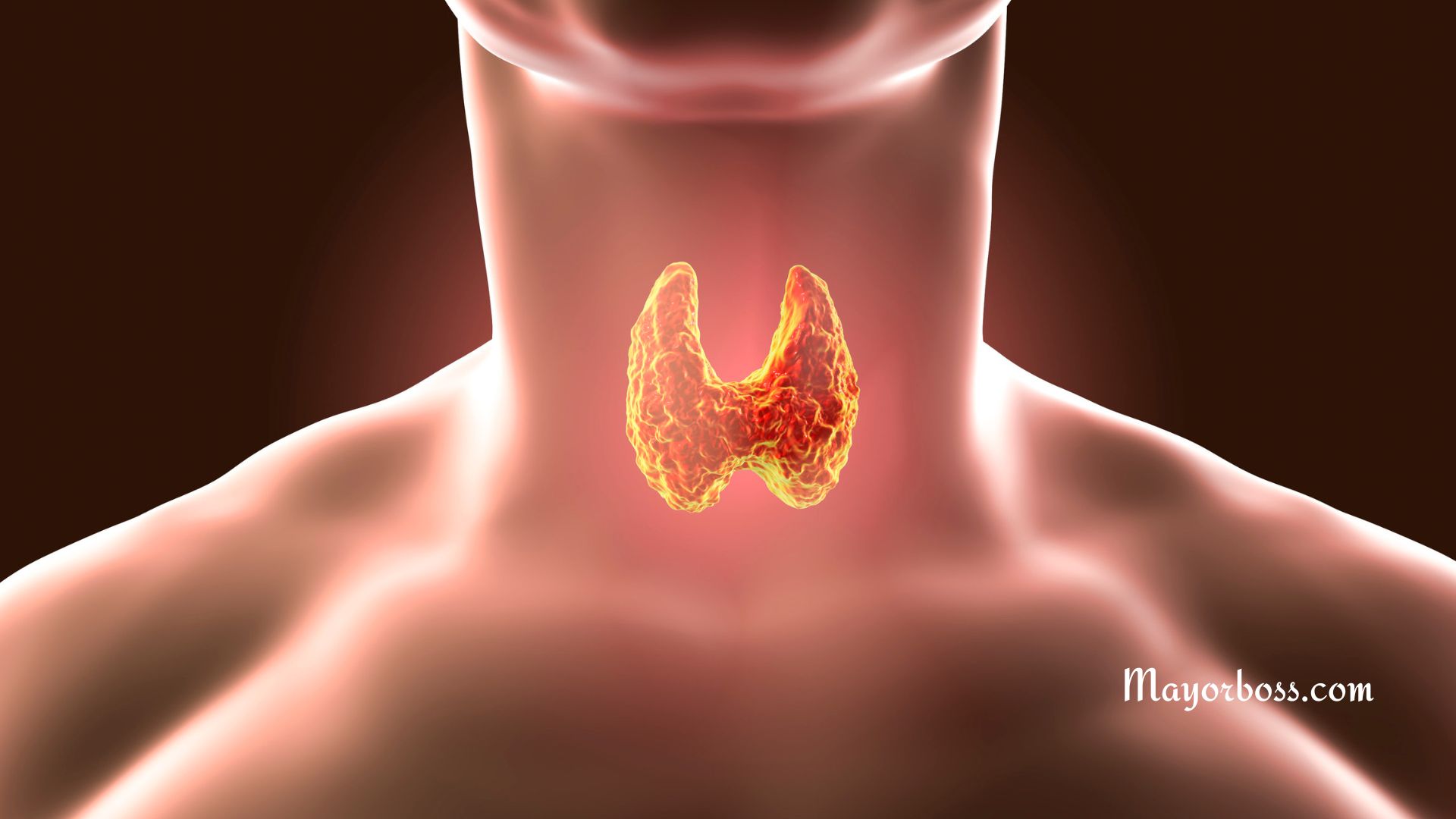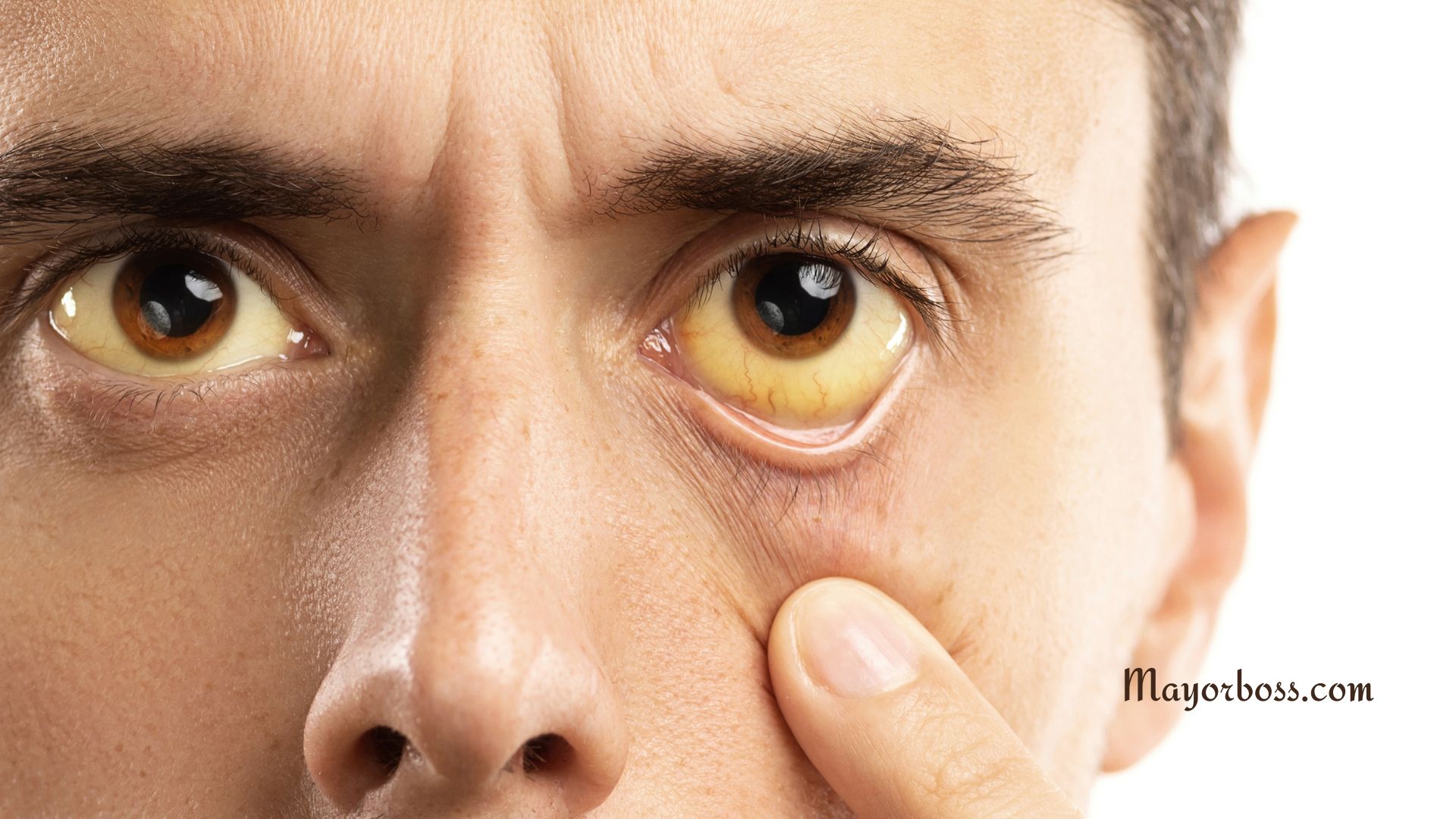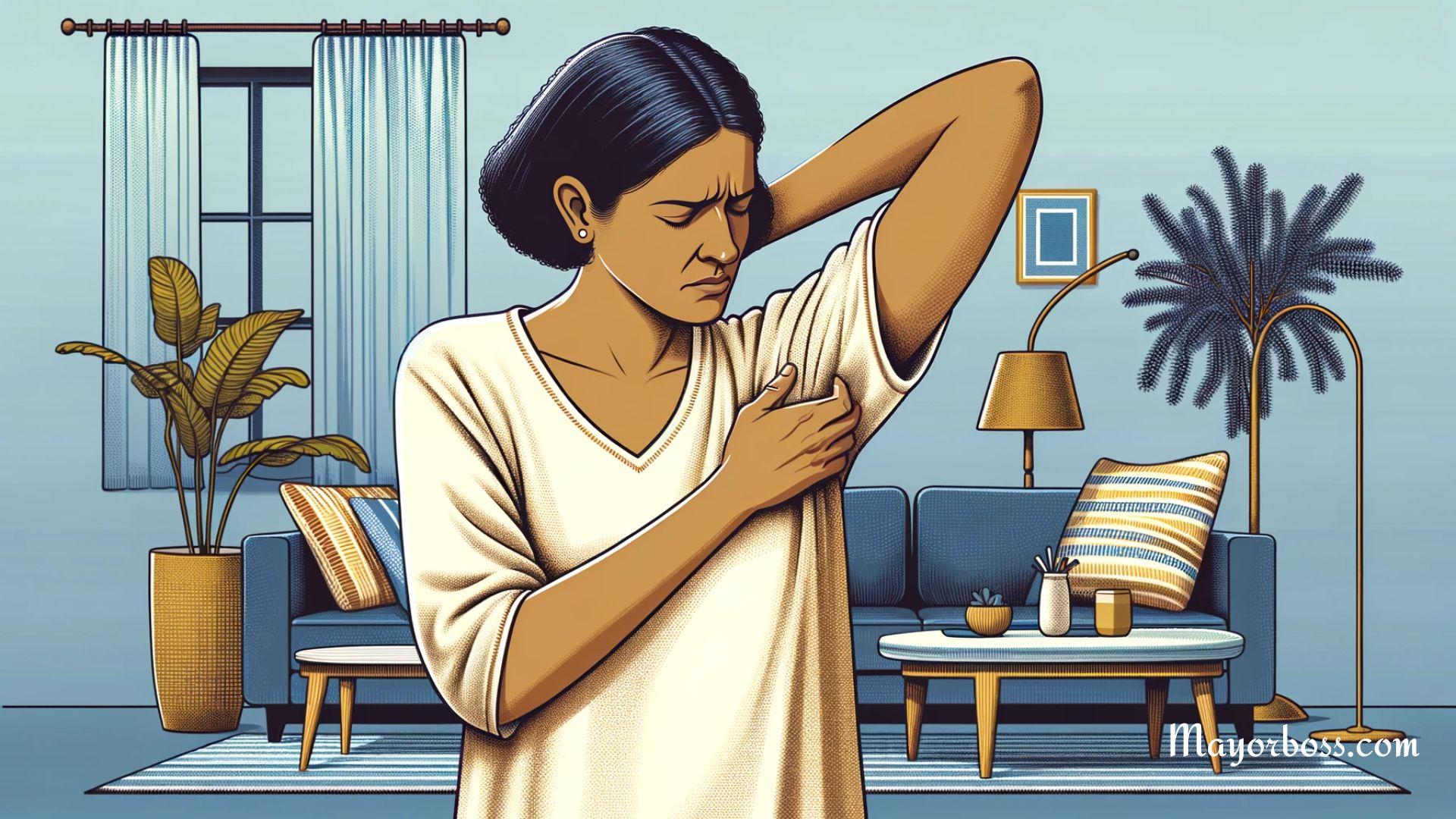What is Secondhand Smoke?
Brief Summary: Secondhand smoke is the smoke that you inhale when someone nearby is smoking. This smoke contains harmful chemicals and can result in health problems for non-smokers, including respiratory issues and an increased risk of heart disease. Children and pregnant women are particularly vulnerable to the adverse effects of secondhand smoke.
What is Secondhand Smoke?
Secondhand smoke, also known as passive smoke, is the mixture of smoke that comes from the burning end of a cigarette, cigar, hookah, or pipe and the smoke exhaled by the smoker. When you’re around someone who’s smoking, you’re exposed to these harmful substances. They can linger in the air for hours, even after the person has finished smoking.
Why is Secondhand Smoke Harmful?
When it comes to the dangers of secondhand smoke, there’s no room for debate. Secondhand smoke carries over 7,000 chemicals, including hundreds that are toxic. Moreover, about 70 of these chemicals can cause cancer. So when you breathe in secondhand smoke, you’re exposing your body to a cocktail of harmful substances.
Health Risks for Adults
Respiratory Problems
For adults who don’t smoke but are regularly exposed to secondhand smoke, the risk of developing respiratory issues skyrockets. Examples of these problems include chronic obstructive pulmonary disease (COPD) and regular infections like bronchitis and pneumonia.
Heart Disease
In people with preexisting cardiovascular issues, secondhand smoke can tip the scale toward more severe problems. It can increase the risk of heart disease by 25-30%. Moreover, it’s estimated that secondhand smoke is responsible for about 34,000 heart disease deaths annually in the United States alone.
Health Risks for Children and Infants
Sudden Infant Death Syndrome (SIDS)
Secondhand smoke is especially dangerous for newborns and infants. It significantly raises the likelihood of Sudden Infant Death Syndrome (SIDS), a condition where a baby dies during sleep for no apparent reason.
Asthma and Respiratory Infections
Children exposed to secondhand smoke are more likely to develop asthma and suffer from frequent respiratory infections. This exposure can result in more severe and frequent asthma attacks, requiring more medical attention.
Ear Infections
Another downside for children is a higher risk of ear infections. Secondhand smoke can impair the normal function of the Eustachian tube, which connects the middle ear to the back of the throat. This can lead to frequent and severe ear infections, causing discomfort and hearing issues.
Health Risks for Pregnant Women
If you’re pregnant, steer clear of secondhand smoke at all costs. Exposure during pregnancy can result in low birth weight and developmental issues for the baby. Additionally, it increases the risk of miscarriage and stillbirth.
How to Protect Yourself
Create a Smoke-Free Environment
The best way to protect yourself and your loved ones is to make your home a smoke-free zone. Request that smokers step outside and ensure that communal areas like living rooms and dining areas are free from smoke.
Avoid Public Smoking Areas
When you’re out and about, stay away from smoking sections in restaurants or public transportation areas where smoking is allowed. The more distance you put between yourself and the source of the smoke, the better.
Use Air Purifiers
While not a foolproof solution, air purifiers can help minimize the amount of smoke particles in indoor spaces. Look for units that are designed to remove tobacco smoke particles and gases.
Frequently Asked Questions
What Constitutes Secondhand Smoke?
Secondhand smoke is a combination of the smoke emitted from the burning end of a hookah, cigarette, cigar, or pipe and the smoke exhaled by the person who is smoking. Essentially, when someone near you is smoking, you’re not just smelling it; you’re also breathing in these harmful particles. This smoke contains thousands of chemicals, many of which are toxic and can cause health issues.
How Does Secondhand Smoke Affect Non-Smokers?
The effects of secondhand smoke on non-smokers can be severe and long-lasting. Among adults, it can lead to respiratory problems and an elevated risk of heart disease. For children, exposure can mean a higher likelihood of respiratory infections, asthma, and even Sudden Infant Death Syndrome (SIDS). Pregnant women exposed to secondhand smoke face increased risks of miscarriage, low birth weight, and developmental issues for their babies.
Can Secondhand Smoke Cause Cancer?
Yes, secondhand smoke is a known carcinogen, meaning it has the potential to cause cancer. It contains about 70 chemicals that have been identified as cancer-causing agents. So, even if you’re not the one lighting up, breathing in secondhand smoke still puts you at risk for developing cancer, particularly lung cancer.
Is There a Safe Level of Secondhand Smoke?
Simply put, no level of secondhand smoke exposure is considered safe. Even minimal exposure can pose risks, especially for vulnerable populations like children, the elderly, and individuals with preexisting health conditions. The only effective way to protect non-smokers from the dangers of secondhand smoke is to eliminate smoking in indoor spaces entirely.
How Can I Protect Myself and My Family from Secondhand Smoke?
Protecting your family starts at home. Make your living space a smoke-free environment, and ask smokers to take it outside. When you’re in public, steer clear of designated smoking areas. Additionally, using air purifiers that specialize in removing tobacco smoke can be a helpful step, although they should not be relied upon as a sole solution. By taking these measures, you minimize the risk of exposure and its subsequent health implications.
Further Reading: How to Quit Smoking in 5 Easy Steps






